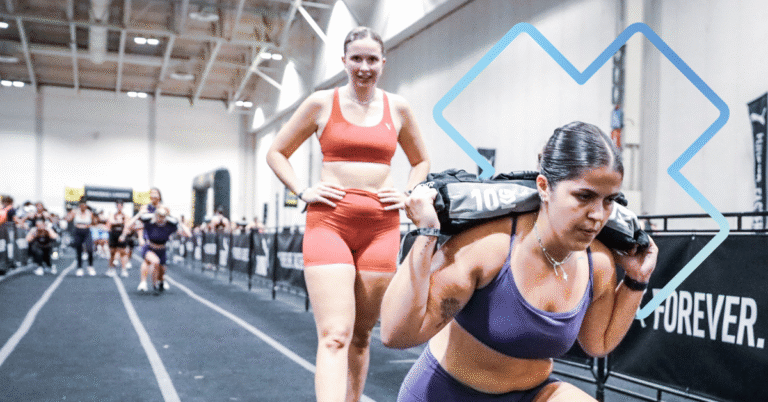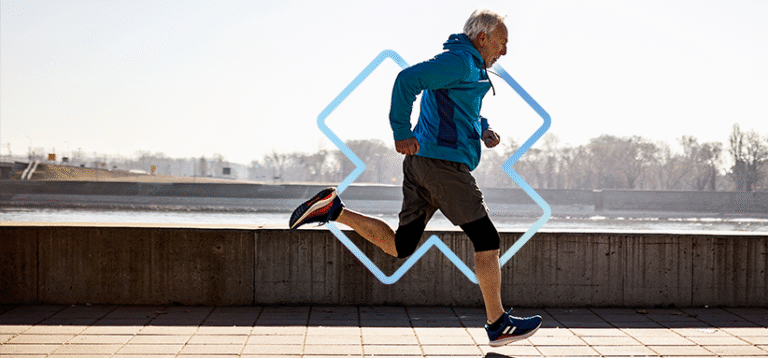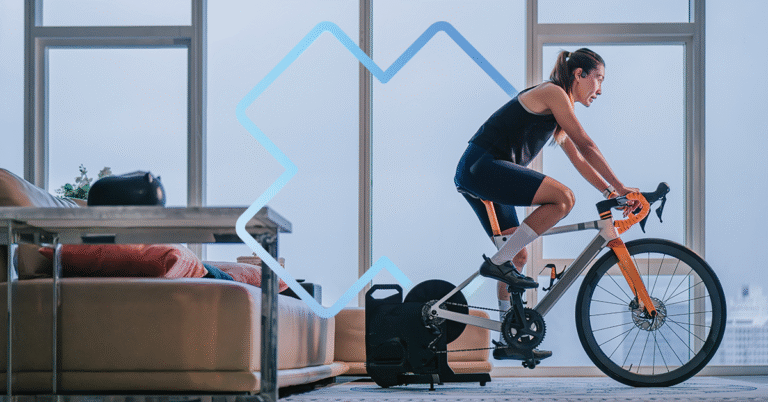Why choose backcountry skiing?
This activity combines the cardiovascular effort of the ascent with the thrill of the descent. It offers great freedom but requires meticulous preparation. The essential equipment and physical effort involved are quite different from alpine skiing and cross-country skiing.
Practical tips
- Stick to authorized trails: Some areas have cables or unsafe conditions. With the sport's rising popularity, many Quebec mountains now offer interesting trails. Avoid avalanche-prone areas unless you’ve completed the necessary training.
- Use bindings and boots properly: Switch to walking mode for the ascent and ensure everything is securely fastened before the descent. Use the heel risers on your bindings for steeper terrain during climbs.
- Dress appropriately: The ascent is more cardiovascularly demanding, so lighter clothing is needed. At the summit, quickly add layers to avoid getting cold in exposed areas. A multi-layer clothing system is recommended.
- Glide, don’t lift your skis: This reduces fatigue during ascents. Shifting your weight slightly to the back of the binding can also improve grip on the climb.
- Engage your whole body: While your legs bear much of the effort, your arms play a vital role in propulsion. Core strength is essential for stabilizing both during the ascent and descent.
Tips from a physiotherapist
Are you an experienced alpine skier? Be cautious—backcountry skiing uses different muscle groups! To minimize soreness and improve performance early in the season, consider starting specific exercises in late fall.
- Train your posterior chain: Strengthen your glutes, hamstrings, and calves to improve push-off efficiency.
- Don’t neglect your arms: Your shoulders and arms are essential for climbing. Training the shoulder girdle, trapezius, and latissimus dorsi muscles will help build strength.
- Focus on posture: Core muscles and gluteus medius play key roles in stabilizing your body and enhancing movement efficiency. Avoid rounded postures that overstrain your shoulders and neck. Include chest stretches and cervical stabilization exercises in your routine.
- Don’t skip balance training: Balance and proprioception are crucial for both ascents and descents. Exercises on one leg, BOSU balls, or balance boards are excellent season preparation.
And most importantly, have fun! There’s nothing better than enjoying winter sports to make the most of Quebec's winters. Let’s hope for great snow to accompany the adventure!






